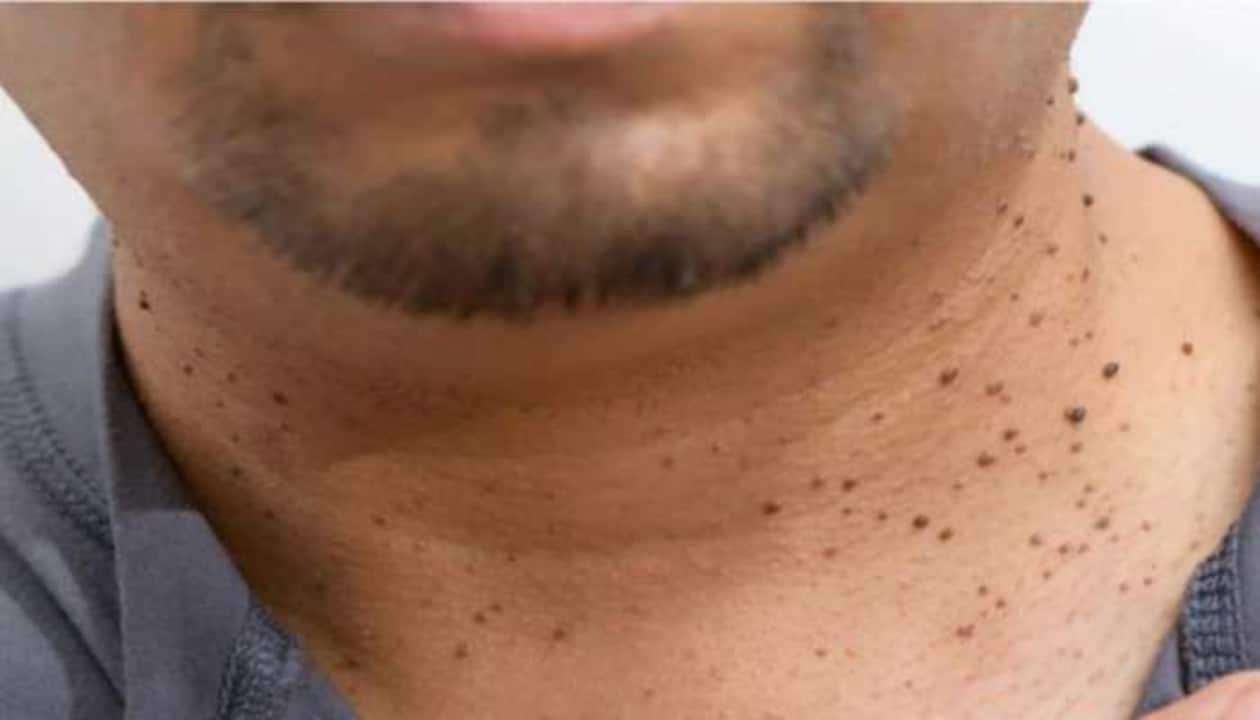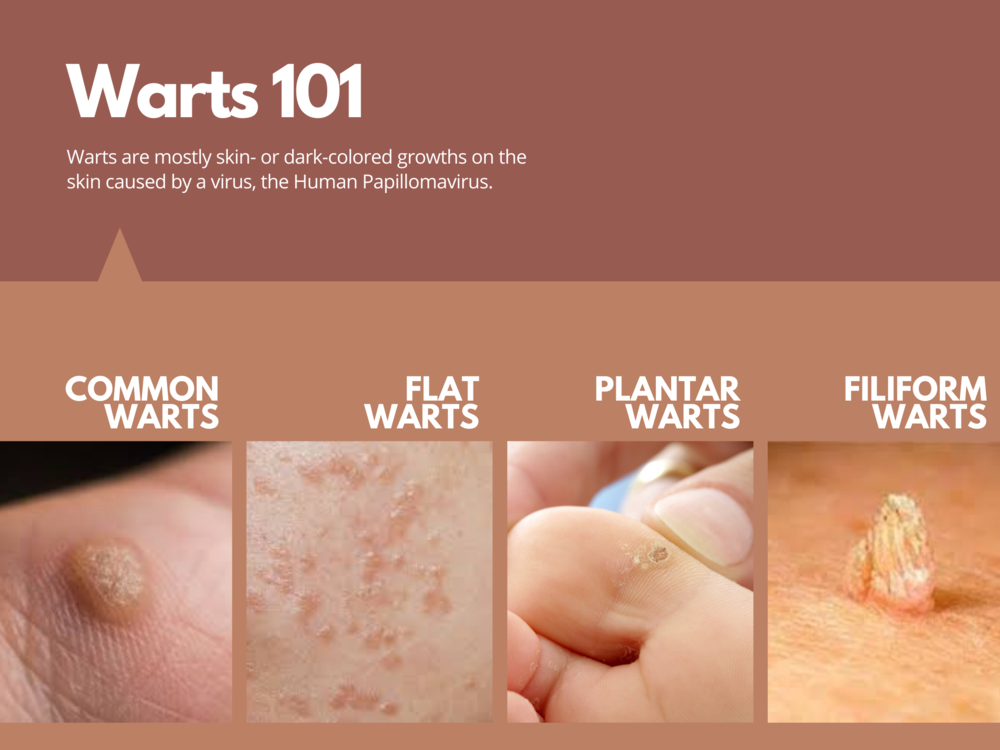Title: Warts: Signs, Symptoms, Causes, Risk Factors, Diagnosis, Prevention, Diet, Lifestyle, and Homoeopathic Treatment
Introduction:
Warts are common skin growths caused by the human papillomavirus (HPV) infection. They can appear on various parts of the body and are generally harmless but can be bothersome. Understanding the signs, symptoms, causes, risk factors, diagnosis methods, prevention strategies, diet and lifestyle considerations, and the potential role of homoeopathic treatment is crucial for effectively managing warts. In this blog post, we will explore the key aspects of warts and their holistic approach to treatment.
Signs and Symptoms of Warts:
1. Raised skin growths: Warts typically appear as small, rough, and grainy bumps on the skin.
2. Varying shapes and sizes: Warts can have a cauliflower-like appearance, be flat or raised, and range in size from tiny dots to larger clusters.
3. Discoloration: Warts may have a slightly different color than the surrounding skin, such as gray, brown, or pink.
4. Pain or discomfort: Depending on the location and size, warts can cause mild to moderate pain or tenderness.
Common Causes of Warts:
1. Human papillomavirus (HPV) infection: Warts are caused by various strains of HPV that enter the body through cuts or breaks in the skin.
2. Direct contact: Warts are contagious and can spread through skin-to-skin contact with an infected person or by touching surfaces that have come into contact with warts.
Risk Factors for Warts:
1. Weakened immune system: Individuals with weakened immune systems, such as those with HIV/AIDS or undergoing immunosuppressive therapy, are more susceptible to developing warts.
2. Age: Children and young adults are more prone to warts, likely due to a less mature immune system.
3. Skin-to-skin contact: Regular contact with infected individuals or contaminated surfaces increases the risk of contracting the HPV infection.
Diagnosis of Warts:
Warts are usually diagnosed based on their appearance. A healthcare professional may examine the growths and inquire about symptoms and medical history. In certain cases, a biopsy may be performed to rule out other skin conditions.
Prevention Strategies:
1. Practice good hygiene: Wash hands regularly and avoid touching warts or picking at them to reduce the risk of spreading the infection.
2. Protect your feet: Wear flip-flops or sandals in public showers, pools, and locker rooms to minimize the chance of contracting plantar warts.
3. Avoid sharing personal items: Do not share towels, socks, shoes, or other personal items with individuals who have warts.
4. Keep skin healthy: Maintain healthy skin by moisturizing regularly, keeping it clean and dry, and avoiding excessive scratching or injury.
Diet and Lifestyle Considerations:
1. Strengthen the immune system: Consume a balanced diet rich in fruits, vegetables, whole grains, lean proteins, and immune-boosting nutrients like vitamin C, vitamin E, and zinc.
2. Stress management: Chronic stress can weaken the immune system, so incorporate stress-reducing techniques such as meditation, exercise, or hobbies into your daily routine.
Homoeopathic Treatment for Warts:
Homoeopathic treatment for warts aims to address the underlying cause, boost the immune system, and promote the body's natural healing process. Some commonly used homoeopathic remedies for warts include:
1. Thuja occidentalis: Indicated for various types of warts, especially those with a cauliflower-like appearance.
2. Antimonium crudum: Used for warts with thick, horny growths and a tendency to bleed easily.
3. Nitricum acidum: Recommended for warts that are painful, bleed easily, and have a tendency to become infected.
It is essential to consult a qualified homoeopathic practitioner for an accurate diagnosis and individualized treatment plan based on your specific symptoms and overall health.
Conclusion:
Warts are common skin growths caused by HPV infection. While generally harmless, they can be bothersome. By understanding the signs, symptoms, causes, risk factors, prevention strategies, diet and lifestyle considerations, and exploring homoeopathic treatment as a complementary approach, individuals can effectively manage warts and promote healing. Remember to consult healthcare professionals for an accurate diagnosis and to create a comprehensive treatment plan tailored to your specific needs.


Leave a Message